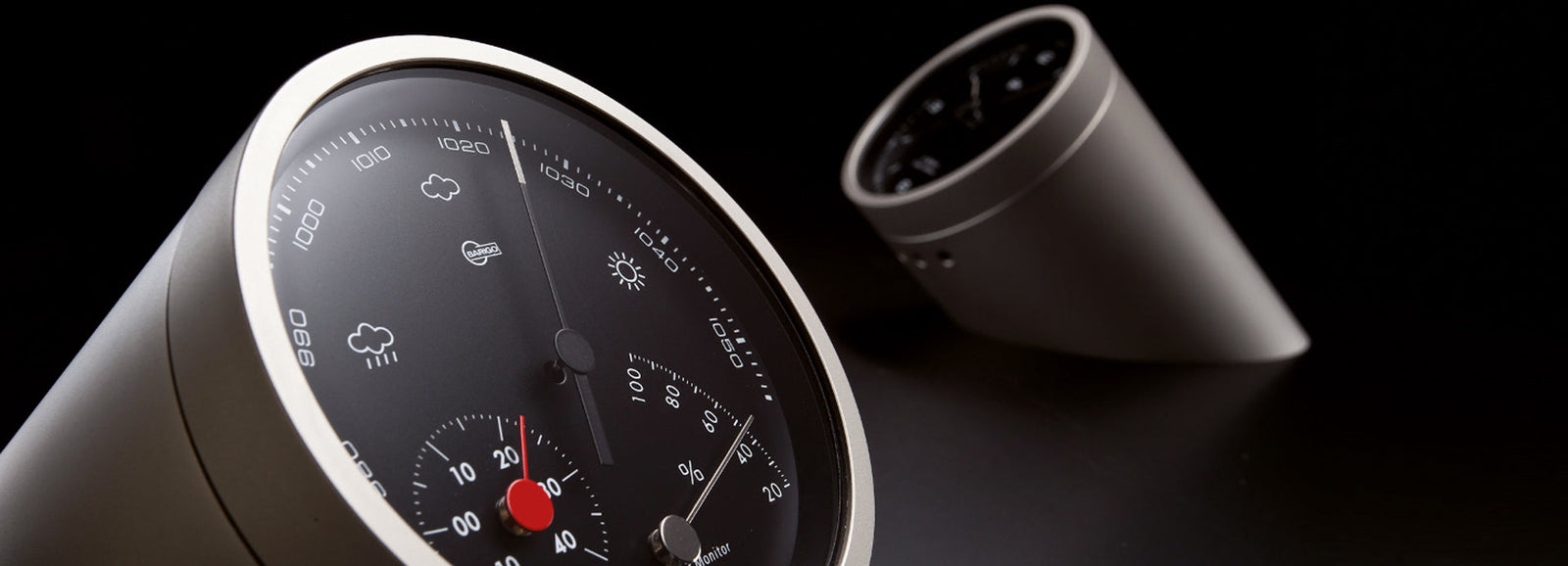Creating a healthier living space starts with awareness. The right tools—such as a quality hygrometer or a complete weather station—can help you make smart choices that support your family’s wellbeing year-round.
As 2024 progresses, flu season continues to bring more than just concerns about COVID-19. A range of flu-like viruses are circulating, and with health risks increasing, it is more important than ever to maintain a healthy home environment.
One often-overlooked factor is the humidity level in your living space. Dry air makes it easier for viruses to spread, while excess moisture can trigger respiratory issues like asthma and allergies. Knowing how to measure and manage your home's humidity is a key part of staying well.
Why Indoor Humidity Matters
Maintaining the right balance between temperature and humidity is crucial for comfort and health. The ideal temperature for most homes is between 18 to 24 degrees Celsius, and humidity should remain between 35 and 65 percent. Levels outside this range can negatively impact your wellbeing.
When Humidity Is Too Low
Dry indoor air can lead to irritated skin, scratchy throats, and dry eyes. It also allows viruses to survive longer, making colds and flu more likely to spread.
When Humidity Is Too High
Excess moisture supports the growth of mould, mildew, and dust mites. These can make asthma symptoms worse and trigger allergies or chest conditions, particularly in children and older adults.
Watch Out for Unhealthy Humidity Levels
Humidity refers to the amount of moisture in the air, and it can be easily measured using a hygrometer. A comfortable and healthy home environment typically falls between 18 to 24 degrees Celsius, with humidity levels ranging from 35 to 65 percent.
Using a hygrometer or a weather station helps you detect when humidity levels are outside this ideal range. That way, you know when it's time to open a window for ventilation or consider addressing more serious moisture issues in your home.
Living in a damp house, especially during the colder months, can lead to more frequent visits to the doctor due to respiratory problems or skin infections. Keeping track of humidity is particularly important if you live in naturally humid areas, such as Sydney or Auckland, where indoor moisture levels can fluctuate quickly.
Optimise Your Temperature to Avoid Illness
A thermometer is a useful tool for monitoring the temperature inside your home. It lets you know when it is time to turn on the heater, fire, or heat pump during the winter months, or when to cool things down with air conditioning in the summer.
If the temperature inside your home drops too low in winter, your chances of catching a cold or flu increase. Staying within the recommended temperature range not only keeps you comfortable but also supports your immune system during seasonal changes.
Avoid Getting Caught Out in the Weather
Being aware of upcoming weather changes gives you a chance to prepare before stepping outside. How often have you left home without a raincoat, umbrella, or enough warm clothing, only to get caught in unexpected weather?
A barometer helps you avoid this by measuring changes in air pressure. Shifts in barometric pressure signal changes in the weather, letting you anticipate whether rain, wind, or clearer skies are on the way. By keeping an eye on pressure trends, you can plan your day with greater confidence and avoid getting caught off guard.
Benefits of Creating a Healthy Indoor Environment
A few small changes can make a big difference. Here are just some of the benefits:
1. Lower Medical Costs
By reducing the chances of illness, you may save on healthcare expenses like doctor appointments and prescriptions.
2. Increased Energy Efficiency
Balancing humidity makes heating systems more effective, helping to reduce your power bill during colder months.
3. Better Overall Health
A home with the right humidity level reduces the likelihood of colds, flu, and respiratory flare-ups, meaning fewer sick days and better quality of life.
4. Early Intervention
Monitoring tools alert you to unhealthy conditions before they impact your health or damage your home.
.









Leave a comment (all fields required)